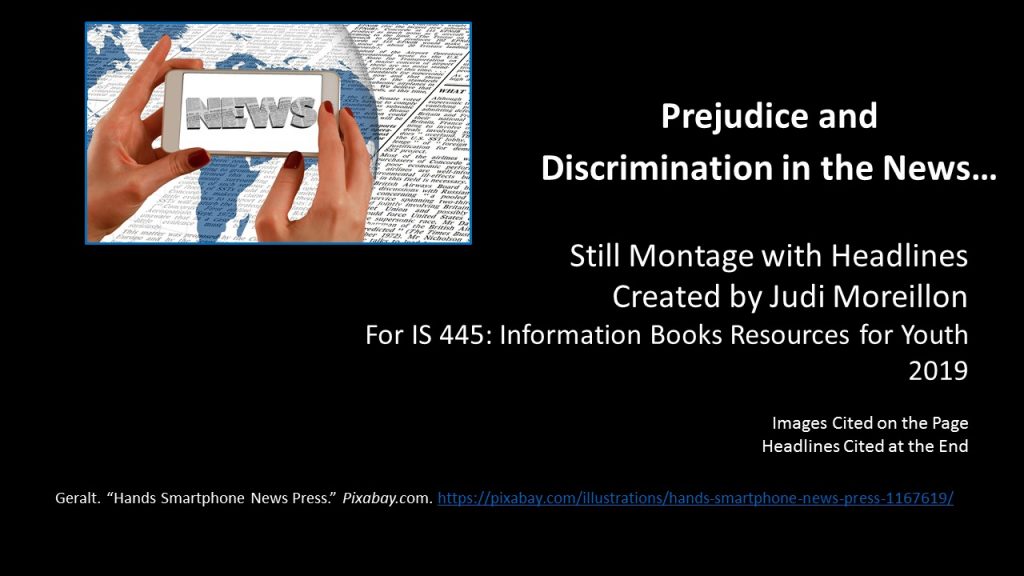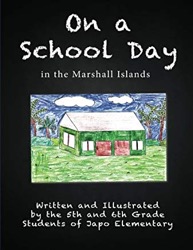By Angelica Serrano, 4th Grade Teacher, Van Buskirk School, Tucson, Arizona
“Tú eres mi otro yo, si te hago daño a ti me hago daño a mí mismo; pero si te amo y respeto, me amo y me respeto yo”
“You are my other me, if I hurt you then I hurt myself too, but if I love you and respect you, then I love and respect myself too”
Award-winning playwright Luis Valdez’s poem captures a foundational teaching goal of mine, focused on reclaiming time for social emotional learning during my school day. Clearly the 2020 pandemic continues to impact children’s learning, including how children regulate their emotions and social interactions with others in the classroom. Over the past two years, teachers across the nation have expressed challenges they face through social media and other outlets. Many still see ripples of the pandemic as both students and teachers struggle to create spaces for learning, communication, cooperation, and community building. Continue reading


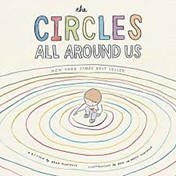
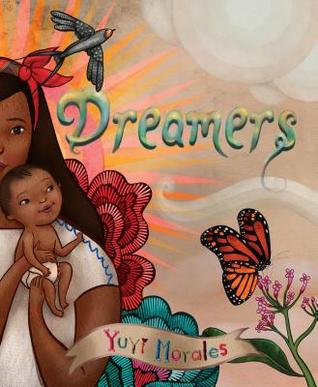 “Rompe nuestra burbuja” were the words that Mariposa (self-selected pseudonym), an eight-grade Chilean student, used when giving her opinion about the benefits of reading stories that explore how people from different cultures live. She revealed, “Porque uno aprende nuevas cosas y rompe nuestra burbuja, nos muestra diferentes realidades de la vida diaria [because we learn new things, and it pops our bubbles. It shows us different realities from daily life].”
“Rompe nuestra burbuja” were the words that Mariposa (self-selected pseudonym), an eight-grade Chilean student, used when giving her opinion about the benefits of reading stories that explore how people from different cultures live. She revealed, “Porque uno aprende nuevas cosas y rompe nuestra burbuja, nos muestra diferentes realidades de la vida diaria [because we learn new things, and it pops our bubbles. It shows us different realities from daily life].”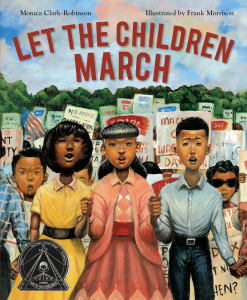 Two years ago, Daliswa “Didi” Kumalo shared a compelling picturebook, Let the Children March, with third graders during our School of Education’s annual
Two years ago, Daliswa “Didi” Kumalo shared a compelling picturebook, Let the Children March, with third graders during our School of Education’s annual 

